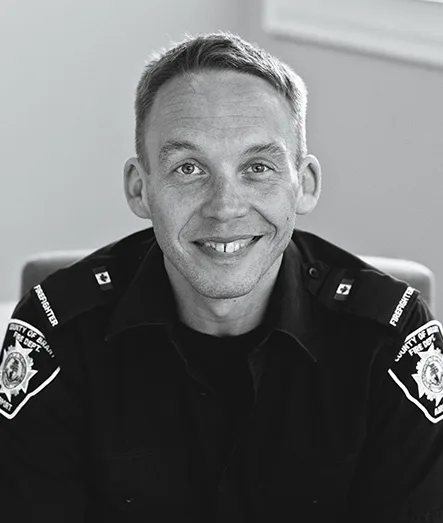 What is a panic attack?
What is a panic attack?
“A panic attack causes sudden, brief feelings of fear and strong physical reactions in response to ordinary, non threatening situations. When you’re having a panic attack, you may sweat a lot, have difficulty breathing and feel like your heart is racing. It may feel as if you’re having a heart attack.” – https://my.clevelandclinic.
Panic attacks occur suddenly and without warning, symptoms usually peak within 10 minutes after an attack starts and subside soon after.
What are some common signs of a panic attack?
-
Chest pain.
-
Chills.
-
Choking or smothering sensation.
-
Difficulty breathing.
-
Fear of losing control.
-
Feeling like you’re going to die.
-
Intense feeling of terror.
-
Nausea.
-
Intense stomach pain.
-
Racing heart.
-
Sweating.
-
Tingling or numbness in fingers or toes.
-
Trembling or shaking.
https://my.clevelandclinic.
Although the exact causes of panic attacks and panic disorder are unclear, the tendency to have panic attacks runs in families.
What life situations can cause panic attacks?
There does appear to be a connection with major life transitions and developing panic attacks. Some of the most common connections are:
1. Graduating from college and entering the workplace,
2. Getting married,
3. Having a baby,
4. Severe stress,
5. The death of a loved one,
6. Divorce,
7. Job loss.
https://www.helpguide.org/
Techniques for managing panic attacks?
-
Try diaphragmatic breathing; take a deep breath through your nose and count to 5, then slowly exhale through your mouth. In doing this type of breathing you can see your stomach rise at the end of each inhale. Breathing is under our conscious control and will begin to trigger relaxation in the body. You can even put your hand on your stomach to feel the rise and fall of your stomach.
-
Repeat self- statements in your mind such as: “I know what is happening to my body; I need to begin breathing.” “I know what to do, I have experienced this before.” “This is the fight or flight response, there is nothing to fear.” Etc.
-
Use some distraction techniques: Getting up and moving around; name three things you can see, two things you can feel and one thing you can hear. Counting back in three’s from 100. Putting together a puzzle or watching a movie to keep your mind occupied.
Keep in mind that the symptoms you are experiencing are known as the fight or flight response. These symptoms represent your body preparing to go into self preservation mode in the event of danger. If you try one of the techniques above; your symptoms are most likely to peak after a couple of minutes and subside; this is because it takes time for the adrenaline to metabolize.
If you are experiencing panic attacks, please speak to someone you trust. Seek the help of a trained professional such as a family doctor or therapist. With the right support, panic attacks can be more effectively managed and less impactful on your day-to-day life.
This article is for tips and general information and is not meant to replace seeking the help of a trained professional.












 Sharon Walker, MSW, RSW
Sharon Walker, MSW, RSW Jordon Iorio Hons. BA, RSW
Jordon Iorio Hons. BA, RSW Christine Bibby, B.S.W., M.S.W., R.S.W.
Christine Bibby, B.S.W., M.S.W., R.S.W. Brianna Kerr, RSW
Brianna Kerr, RSW Danielle Vanderpost, RSW
Danielle Vanderpost, RSW Daniela Switzer, MA, C.PSYCH
Daniela Switzer, MA, C.PSYCH Tammy Adams
Tammy Adams Jade Bates, RMT
Jade Bates, RMT Caitlin Schneider
Caitlin Schneider Dr. Crysana Copland
Dr. Crysana Copland
 Amy Dougley
Amy Dougley Emily Kamminga
Emily Kamminga Bill Dungey, RSW
Bill Dungey, RSW



 Jessica Moore, RSW
Jessica Moore, RSW Abigail Wragge, RSW
Abigail Wragge, RSW Melanie Clucas
Melanie Clucas Ally Legault
Ally Legault Kunle Ifabiyi
Kunle Ifabiyi Tammy Prince
Tammy Prince
